How Do Solar Panel Systems Work?
Explore Solar PV Equipment
With on-site solar, you see direct and immediate benefits to your building's energy demand.
Solar panels are made up of photovoltaic (PV) cells that convert sunlight into direct current (DC) energy.

The inverters changed the DC energy from the solar panels into AC energy, which can be used by your building or sent back to the grid.
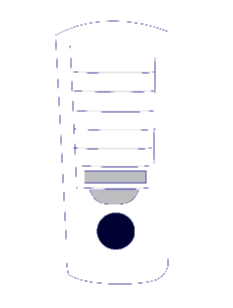
This meter records the total AC energy (in kWH) generated by the solar array over its lifetime.
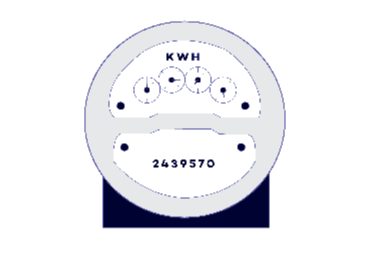
The switchgear distributes AC energy to power your building. This AC energy comes from the solar array or the utility grid.
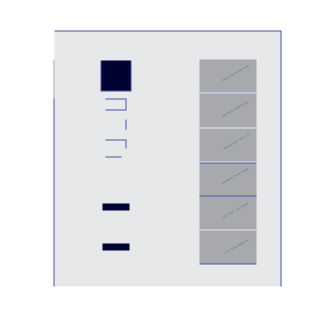
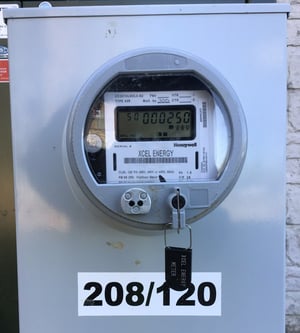 |
This two-way meter replaces your current meter and quantifies the production of your array and the consumption of your building from the grid.
This determines if your building will buy energy from or return energy to the grid (utility bill credit).
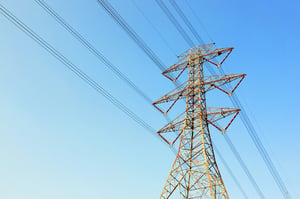 |
Your building is still connected to the grid and will use energy from it when:
The switchgear distributes AC energy to power your building. This AC energy comes from the solar array or the utility grid.

This two-way meter replaces your current meter and quantifies the production of your array and the consumption of your building from the grid.
This determines if your building will buy energy from or return energy to the grid (utility bill credit).
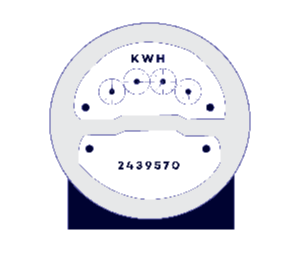
Your building is still connected to the grid and will use energy from it when:
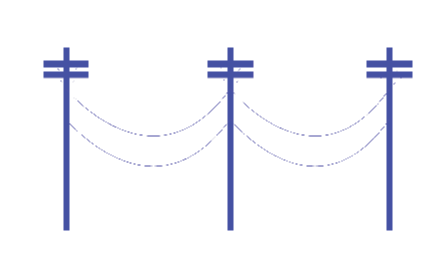
Any Incentive. One Solar Program.
We help our customers navigate all incentive programs to minimize their out of pocket expense and maximize their solar production.
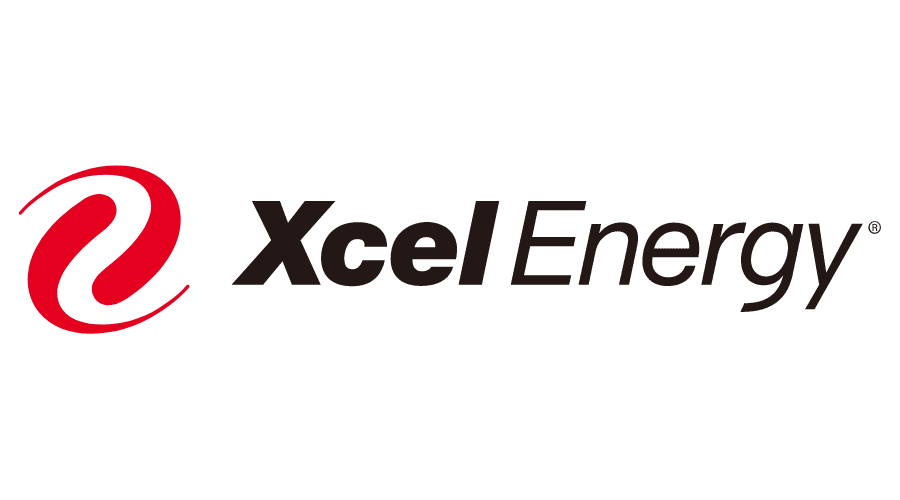
Xcel Energy Programs
Solar*Rewards
PV Demand Credit
Xcel Energy Solar for Schools

Federal
30% Solar Tax Credit
Bonus Depreciation

Other Grants
Cities are doing their part to help incentivize energy efficiency projects for local businesses, to work towards municipal sustainability goals.
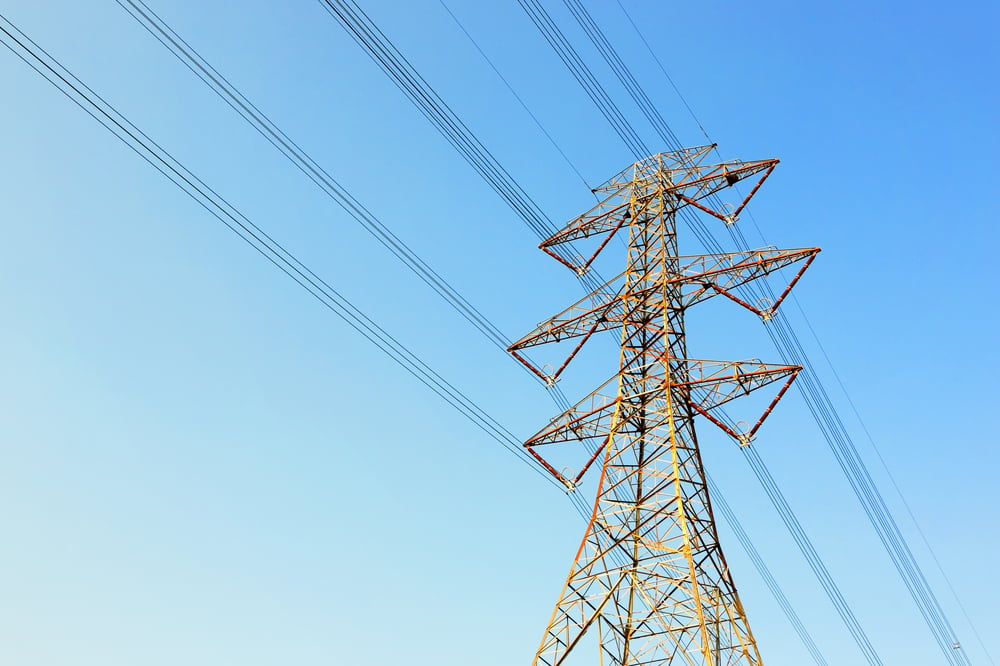
Other Utilities
Solar for Schools
Other
Frequently Asked Questions
In Xcel Energy territory, commercial solar projects usually pay for themselves in approximately 4 - 5 years. Other utilities may differ in their payback time. Systems are paid for by using a combination of tax benefits (65%) and energy savings (35%).
iDEAL offers a variety of innovative financing options that will result in a cashflow positive investment - Day 1.
Contact iDEAL to discuss the financing option that is right for you.
NO! iDEAL Energies works with your roofing vendor to follow their specific roof warranty overburden requirements to assure that your existing roof warranty stays intact with solar installed.
Making sure your roof warranty stays intact is integral part of our standard process.
Yes! The energy savings from your solar array will help pay for your new roof.
Taking down and reinstalling the solar panels during a roof replacement event costs approximately one year of energy savings and is typically financed with the roof cost.
Solar arrays require minimal maintenance. In MN, there is no need to clean the solar arrays or to remove snow during winter months. Our financial modeling takes this into account.
iDEAL Energies provides a low cost O&M contract for all systems resulting in a hands-off investment for all of our customers.
6 - 9 months
Installation time varies with system size, utility programs leveraged, time to receive utility interconnection approval, and weather.
iDEAL Energies completes the installation of your solar array with minimal impact on your day-to-day activities.
iDEAL Energies offers design consulting services to our new construction customers to ensure that buildings are designed to be solar capable and installing solar becomes a seamless part of the construction process.
Yes! Phasing out fossil fuels is causing utilities to upgrade their infrastructure. This means raising rates for all their customers.
(For example, Xcel just proposed raising its rates 20+% over 3 years)
By installing a solar array now, you will lock in your current energy costs during the payback period. After the payback period, you will save on your bottom line by receiving free energy from your solar array for its remaining life (typically ~40 years).

